Cellular Lightweight Concrete (CLC) is one of the latest technologies in concrete manufacturing. Compared to regular traditional concrete, it has many advantages. Fly ash is considered one of the most difficult industrial wastes. The problem of fly ash disposal is solved and construction costs are reduced. As a result, fly ash-based CLC is considered an environmentally sustainable material with the lowest energy requirements.
Compared to regular concrete, fly ash-based porous lightweight concrete can significantly reduce density, but strength is not affected by design combinations. When using this type of concrete, a large amount of concrete can be obtained by reducing the amount of concrete used.
Fly ash-based honeycomb lightweight concrete is a type of lightweight concrete that can be manufactured under environmental conditions in the same way as regular concrete. It is made of a slurry made of cement, sand, fly ash (26% to 34% of the content) and water.
Porous concrete is a lightweight product composed of Portland cement, cement silica, cement pozzolan, lime pozzolan, lime silica slurry, or a slurry containing a gradient mixture thereof, having a uniform void or pore structure, and using a foaming agent. is. For porous lightweight concrete, the density can be controlled by introducing gas or foam into the foam generator. CLC is an air-cured lightweight concrete containing fly ash as the main component, and can be manufactured at large-scale project sites such as conventional concrete using the equipment and molds used for conventional concrete casting.
At different densities of power, fly ash accounts for over 25% (between 26% and 33%) of the solid material composition of the CLC mixture. Fly ash is annoying waste from coal-fired power plants, accounting for more than 25% of fly ash. The CLC can be manufactured in the density range of 400 kg / m3 to 1,800 kg / m3 and has a high insulation value and a 28-day cubic resistance of up to 275 kg / cm2.
Not only did we discover a production application for waste industrial products, but the addition of fly ash saved about 40% of the cement content. Otherwise, only the corresponding cement and sand mixture was used, significantly reducing manufacturing costs. Generally, the density of porous lightweight concrete is 400 kg / m3 to 1,800 kg / m3. Honeycomb-shaped lightweight concrete houses are characterized by fire protection, termite protection, heat insulation, sound insulation and environmental protection.
Porous lightweight concrete-Density range:
The low density of 400-600 kg / m3 is ideal for insulation applications. CLC is an environmentally friendly product with extremely low fire resistance, anti-termite, waterproof, anti-termite, and water absorption. This range is also used to place sound insulation layers on the mid-rise panels of luxury hotels and public buildings to minimize noise transmission between the upper and lower floors. Due to its advantages such as upright beams, it can also be used as a filler for grooves in bathrooms and other floors. It usually replaces thermocol, glass wool, kapok, etc.
The performance of porous lightweight concrete has the following characteristics.
1. Lightweight.
2. Excellent fire resistance.
3. Good insulation.
4. Thermal expansion is negligible.
5. No freezing and thawing issues.
Your position:
Home > News > Product News
CLC machine used for casting roof
date: 2021-02-24
Inquiry
Please feel free to submit your inquiry information to us. We will contact with you as soon as possible.


.jpg)
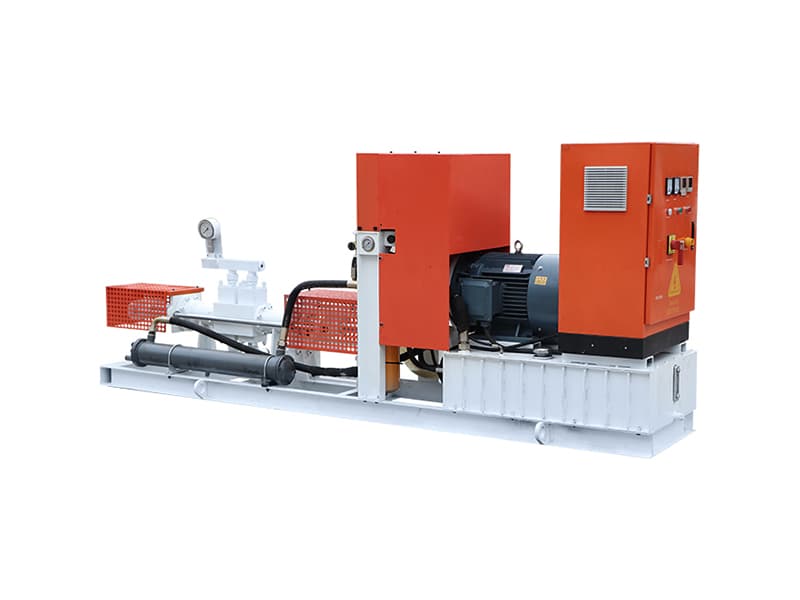
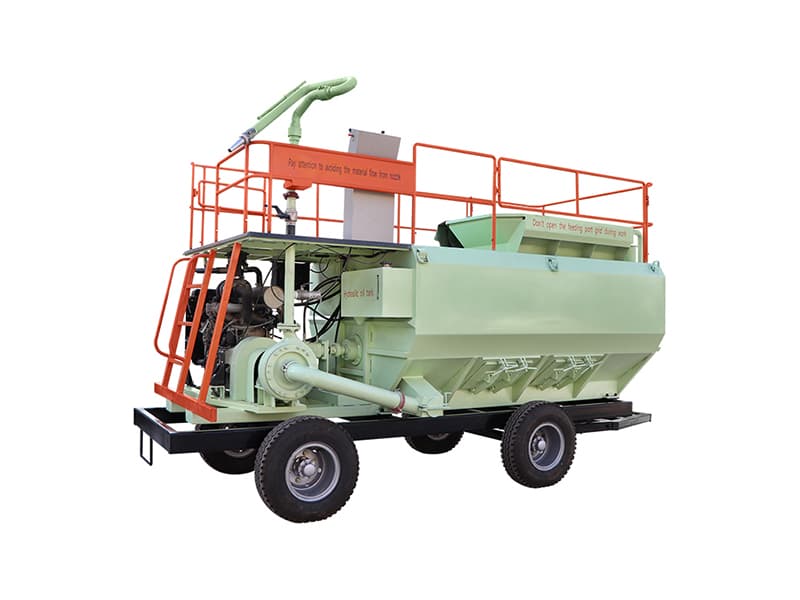
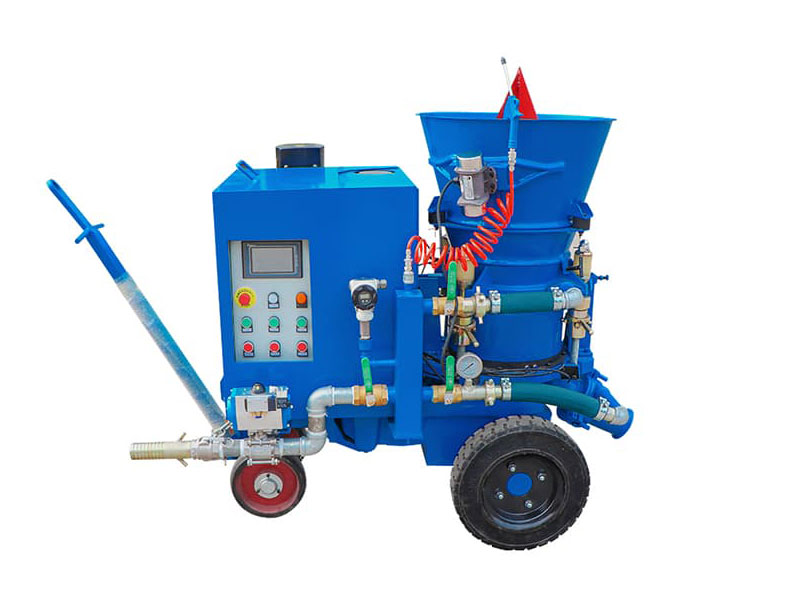

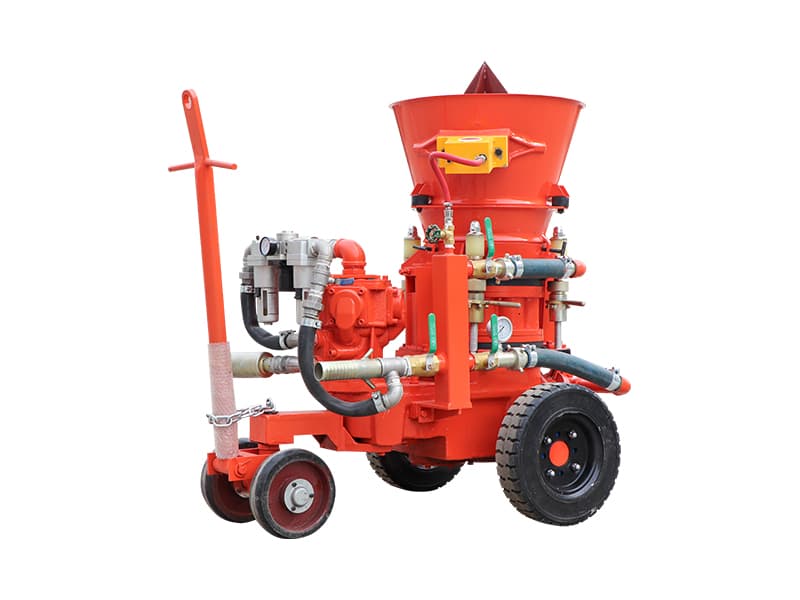
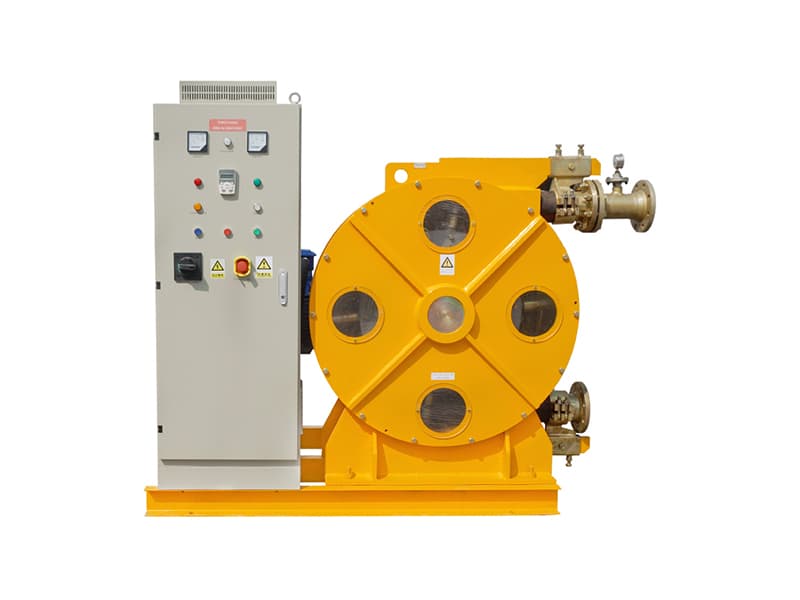
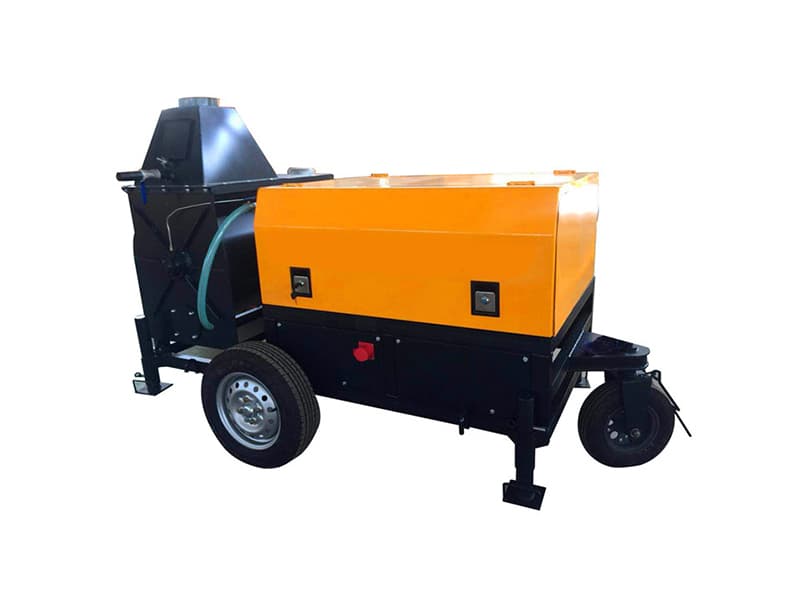
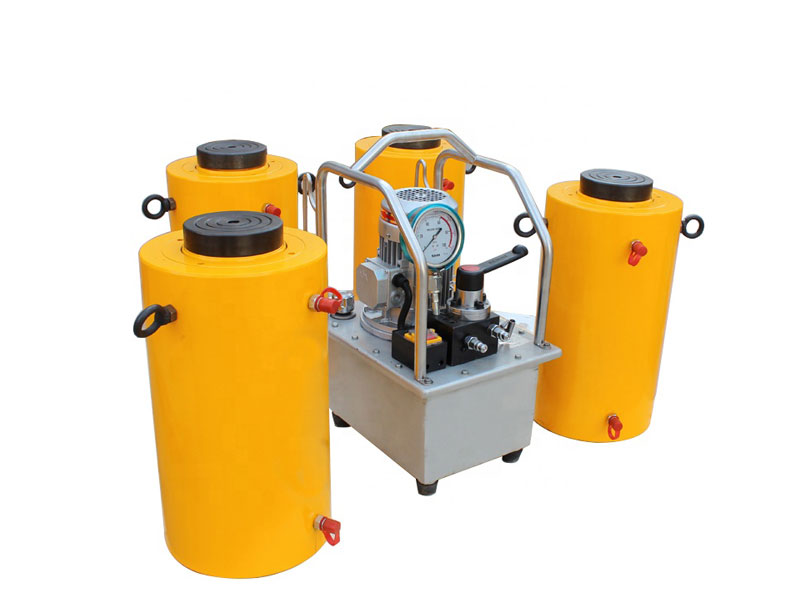
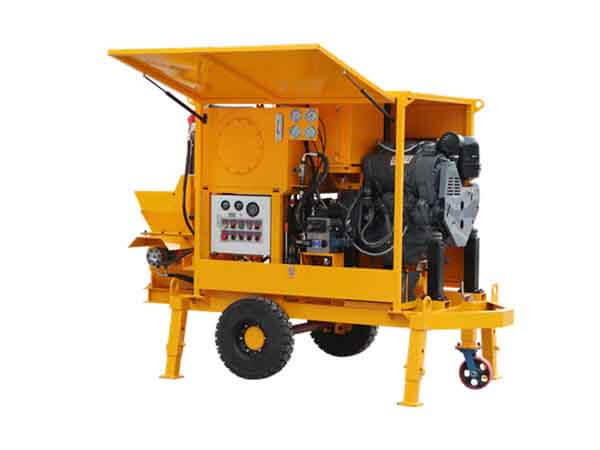
.jpg)

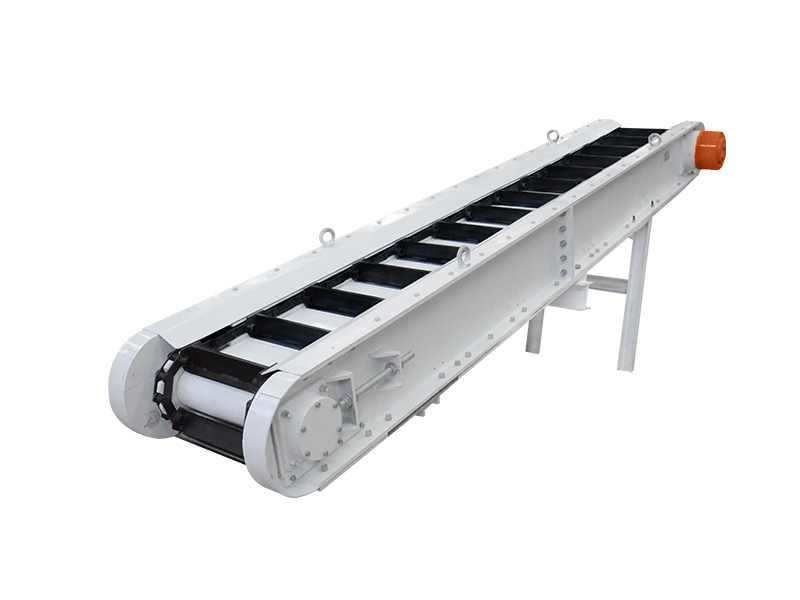
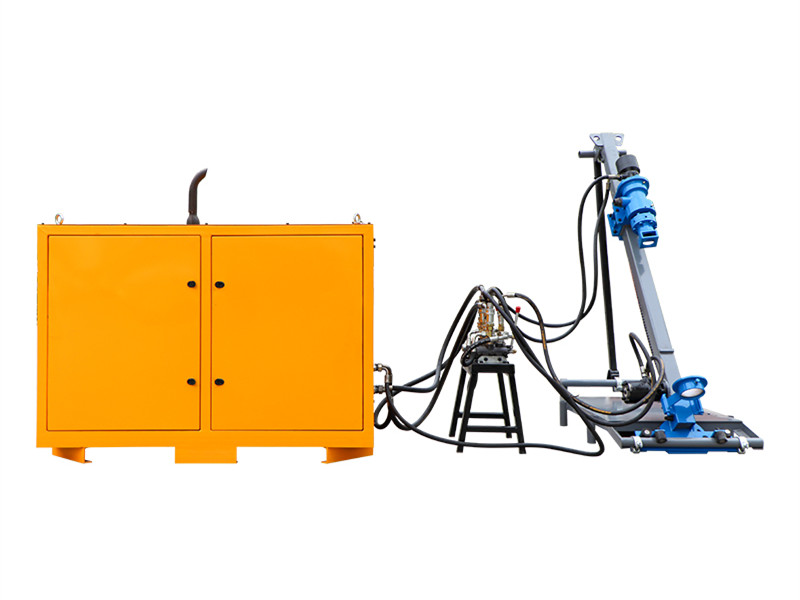



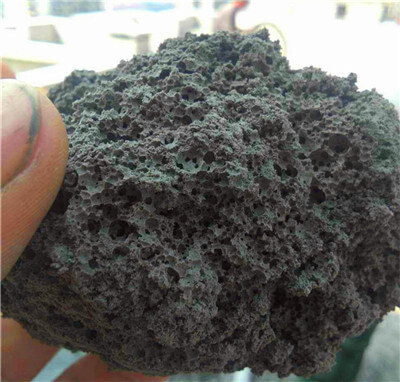
(1).jpg)
.jpg)
.jpg)